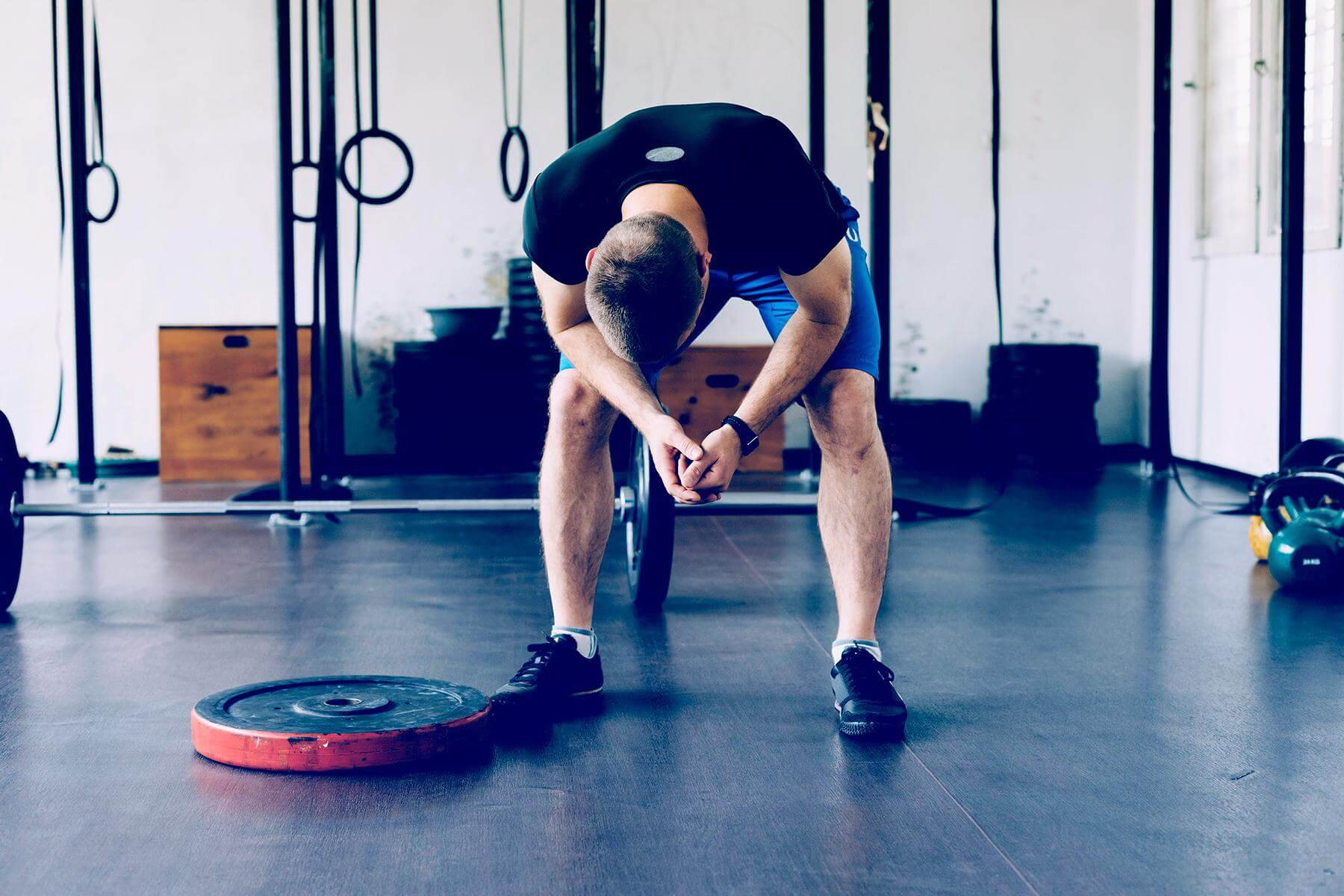What effect does proximity to failure have on fatigue, strength and hypertrophy?
Overview
What did they test? The researchers looked at the effect of different proximities to failure on strength, hypertrophy and fatigue.
What did they find? Training further away from failure resulted in greater bench and squat strength while fatigue was similar among different proximities to failure.
What does it mean for you? Leaving a few reps in the tank is probably best when trying to maximize one-repetition-maximum strength and you shouldn’t be overly worried about fatigue when training.
What’s the Problem?
In the realm of resistance training, the question of whether pushing muscles to failure during sets is necessary for optimal muscle growth and strength gains has been a topic of debate . Recent meta-analytic data has offered insights, suggesting that, when volume is matched, there isn't a significant difference in outcomes between training to failure and stopping short 1. However, studies on training to failure have focused on a binary approach—either training to failure or not—leaving the question of how different levels of proximity to failure influence results largely unanswered. That gap has somewhat been addressed by the now infamous Robinson et al 2 study which showed that the closer to failure you train the greater the hypertrophy gains experienced. As a reader of REPS, you’re probably fully up-to-date with the latest literature on training to failure and strength/hypertrophy gains, as we’ve covered both the Refalo 1 and the Robinson et al 2 studies on previous issues.
As it stands, the literature on training to failure is not entirely clear but it’s getting there. We know that to maximize hypertrophy training close to failure is key, regardless of whether you leave 1 or 0 repetitions in reserve. As far as strength is concerned, the data from the Robinson et al 2 meta-regression showed that proximity to failure and strength gains are probably not as closely linked as some people may have thought in the past, including myself. Robinson et al 2 discussed that avoiding close proximities to failure might lead to better strength gains due to maintained barbell velocity.

A common concern when it comes to training close to failure is the effect of such training on fatigue and how that could potentially impact adaptations. A systematic review by Viera et al 3 looked at the effects of resistance training to failure on acute fatigue and found that, indeed, training to failure increases acute fatigue, while noting that more long-term research is needed on the topic to fully understand the effects of proximity to failure on fatigue and, subsequently, muscular adaptations.
The above concern extends to recovery, as training to failure has been linked to longer recovery times and heightened perceived exertion 3. While this could impact weekly training volume, existing studies have primarily examined recovery after a single session, leaving open the question of whether repeated exposure to failure training could trigger a different pattern over time.
Worry not dear REPS reader, the amazing research team from FAU (+colleagues) is at it again, this time with a study looking at “the effect of resistance training proximity to failure on muscular adaptations and longitudinal fatigue in trained men”.
Purpose & Hypothesis
This study sought to compare muscle hypertrophy and strength outcomes across different resistance training protocols. These protocols varied in the number of self-reported repetitions in reserve per set, ranging from 4-6 repetitions in reserve to 0 repetitions in reserve. Additionally, the study aimed to assess changes in fatigue over the eight-week protocol. The authors’ hypothesis leaned towards anticipating larger strength gains in submaximal training groups compared to those involving sets to failure, with an expectation of similar hypertrophy outcomes across groups.







